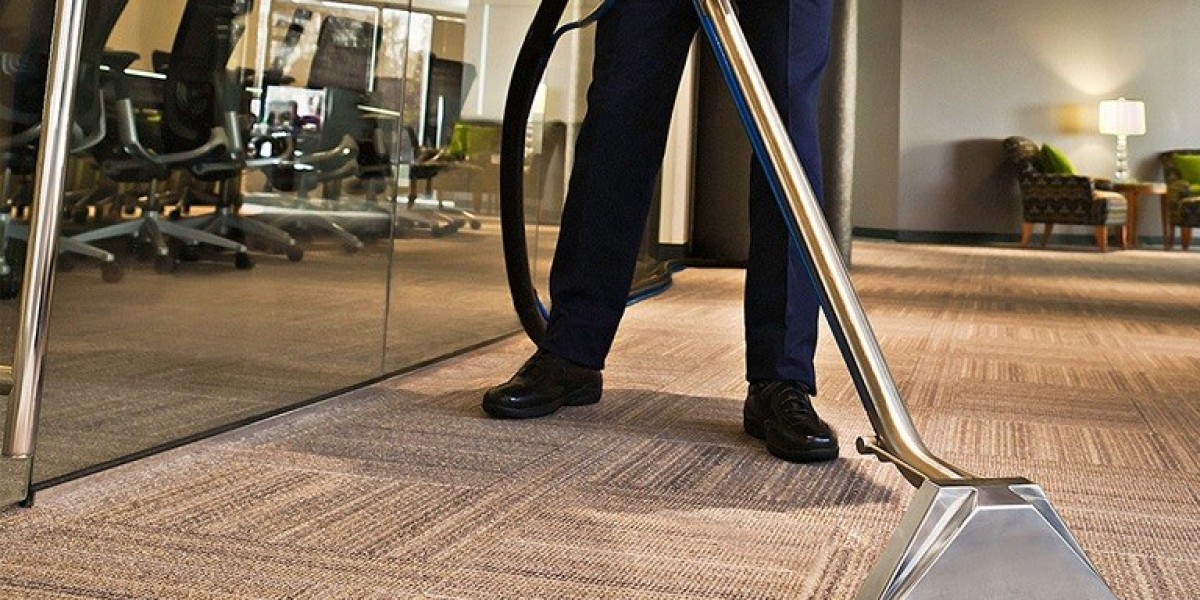Why is the China Robot Assisted Surgical Systems Market Experiencing Rapid Growth?
The China Robot Assisted Surgical Systems Market encompasses the development, manufacturing, and deployment of robotic platforms designed to assist surgeons in performing complex medical procedures with enhanced precision, control, and visualization. These systems typically consist of robotic arms, a surgical console, and a high-definition 3D vision system. The market is experiencing rapid growth due to the immense and growing demand for high-quality healthcare services, the aging population, a strong push for minimally invasive surgeries, and robust government support coupled with significant domestic innovation.
The surgical robot systems market in China was valued at approximately USD 320.0 million in 2024 and is projected to reach USD 898.1 million by 2030, exhibiting a Compound Annual Growth Rate (CAGR) of 18.2% from 2025 to 2030. This makes China the fastest-growing regional market in Asia Pacific for surgical robot systems. Furthermore, the broader global robotic surgery market is predicted to increase significantly, with Asia Pacific (including China) set for the fastest growth.
The rapid growth is fueled by several critical factors:
- Massive Patient Population and Growing Healthcare Needs: China's large and aging population translates to a vast number of surgeries, and a growing demand for advanced, high-quality medical procedures.
- Increasing Adoption of Minimally Invasive Surgery (MIS): Robotic surgery facilitates MIS, which offers significant patient benefits such as smaller incisions, reduced pain, less blood loss, faster recovery times, and shorter hospital stays. These benefits are highly appealing to both patients and healthcare providers.
- Government Support and Strategic Initiatives: The Chinese government has actively promoted the development and adoption of high-tech medical equipment, including surgical robots, through policies like "Healthy China 2030" and the "14th Five-Year Plan." These initiatives provide funding, favorable regulatory pathways (e.g., fast-track approvals for innovative medical products), and encourage domestic innovation.
- Rising Healthcare Expenditure and Investment: Both public and private investments in healthcare infrastructure and advanced medical technologies are increasing, allowing hospitals to acquire sophisticated robotic systems.
- Demand for Enhanced Precision and Reduced Risk: Robotic systems offer superior dexterity, 3D visualization, and tremor filtration, enabling surgeons to perform intricate procedures with unparalleled accuracy, thereby improving patient outcomes and reducing complications.
- Addressing Healthcare Disparities: Robotic surgery, especially with the advent of remote capabilities, has the potential to extend access to top-tier surgical expertise to remote and underserved areas, bridging the gap in healthcare quality.
What Cutting-Edge Technologies and Trends are Shaping the China Robot Assisted Surgical Systems Market?
The China Robot Assisted Surgical Systems Market is undergoing a dynamic transformation, driven by advancements in AI, 5G connectivity, modular designs, and a strong emphasis on localized innovation.
Artificial Intelligence (AI) and Machine Learning (ML) Integration are at the forefront of technological advancements. AI is being integrated to:
- Enhance Surgical Precision and Safety: AI algorithms can analyze patient data, reconstruct 3D models for preoperative planning, provide real-time guidance during surgery, and even offer insights to reduce errors and improve decision-making. For example, Ronovo Surgical's Carina platform and Brain Navi Biotechnology's NaoTrac (AI-driven Stereotactic Surgical Navigation Robot) highlight this trend.
- Automate Certain Surgical Tasks: While human surgeons remain in control, AI can assist in automating repetitive or precise tasks, potentially speeding up procedures and reducing surgeon fatigue. China has already seen remote, non-invasive AI-powered throat surgeries.
- Improve Training and Simulation: AI-powered virtual environments are being used to train surgeons on robotic systems in a risk-free setting.
5G Technology and Remote Surgery are enabling critical breakthroughs. China is pioneering remote surgeries using 5G networks and even satellite communication (e.g., Apstar-6D broadband communication satellite). This allows expert surgeons to perform operations on patients thousands of kilometers away, significantly expanding access to specialized care, particularly in remote regions.
Modular and Configurable Robotic Platforms are a key trend, particularly among domestic manufacturers. Ronovo Surgical's Carina platform is a notable example, offering a modular design that provides flexibility in instrument selection and anatomical access across multiple specialties (urology, gynecology, thoracic, general surgery). This contrasts with the traditionally fixed-platform models and aims to enhance versatility and cost-effectiveness.
Localization and Domestic Innovation are growing significantly. While international players like Intuitive Surgical (with its da Vinci system) have historically dominated, Chinese companies like Ronovo Surgical, TINAVI (orthopedic surgical robots), JianJia Robots, and Hurwa are rapidly developing and gaining regulatory approvals for their own robotic systems. This domestic push aims to reduce reliance on imported devices and lower operational expenses, making robotic surgery more accessible.
Specialized Robotic Systems are emerging for specific surgical fields, such as neurosurgery (e.g., brain tumor, epilepsy, Parkinson's disease treatments), orthopedics, and even ENT (e.g., transoral robotic systems for throat surgeries).
What are the Key Challenges and Future Outlook for the China Robot Assisted Surgical Systems Market?
Despite its impressive growth, the China Robot Assisted Surgical Systems Market faces challenges related to high costs, training requirements, and intense competition.
The high initial investment cost of acquiring robotic surgical systems (which can be millions of USD), along with substantial annual maintenance fees and the cost of disposable instruments, remains a significant barrier for many hospitals, especially those with limited budgets.
Extensive training requirements for surgeons and support staff are crucial for the safe and effective use of these complex systems. This training is time-intensive and resource-heavy, limiting wider adoption, particularly in less developed regions.
Dominance of established international players like Intuitive Surgical (which still accounts for over 90% of installed platforms by December 2024) presents strong competition for emerging domestic manufacturers. The intellectual property landscape, with numerous patents held by early innovators, also poses a barrier.
Interoperability and integration with existing hospital infrastructure and data systems can be complex.
However, the future outlook for the China Robot Assisted Surgical Systems Market is exceptionally positive:
- Continued Strong Growth and Market Penetration: The market is poised for sustained rapid growth, driven by increasing awareness, favorable policies, and the clear clinical benefits of robotic surgery. The penetration rate, though growing, is still low compared to developed countries, indicating vast untapped potential.
- Rise of Domestic Manufacturers: Chinese companies will continue to innovate and gain market share, potentially challenging the dominance of international players through cost-effective solutions, localized support, and specialized products tailored to China's healthcare needs. The government's "special approval pathway" will further aid this.
- Broader Application Expansion: While urology and orthopedics have been major application areas, robotic surgery will see increased adoption in general surgery, gynecology, thoracic surgery, and neurosurgery.
- Enhanced AI and 5G Integration: The synergy between AI and 5G will lead to more intelligent, autonomous (with human oversight), and globally connected robotic surgical platforms, enabling even more complex remote procedures and real-time intraoperative decision support.
- Increasing Affordability: Domestic production and increased competition are expected to drive down the overall cost of robotic surgical systems and consumables, making them more accessible to a wider range of hospitals.
- Focus on Training and Education: There will be a continuous investment in training centers and programs to ensure a skilled workforce capable of operating and maintaining these advanced systems.
In conclusion, China's Robot Assisted Surgical Systems Market is a dynamic and strategically important sector that is rapidly transforming the landscape of healthcare delivery in the country. Bolstered by strong government support, a growing emphasis on technological innovation, and the increasing demand for high-quality, minimally invasive procedures, China is set to become a global leader in the development and adoption of robotic surgical solutions.
Contact:
Market Research Future®
99 Hudson Street,5Th Floor
New York, New York 10013
United States of America
Phone:
+1 628 258 0071(US)
+44 2035 002 764(UK)
Email: sales@marketresearchfuture.com
Website: https://www.marketresearchfuture.com








